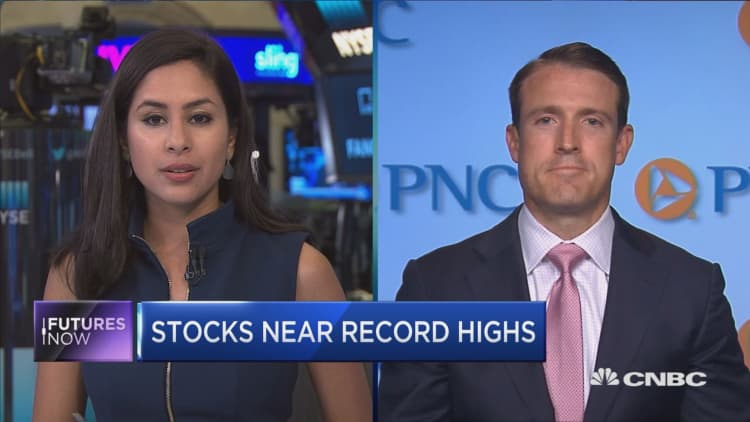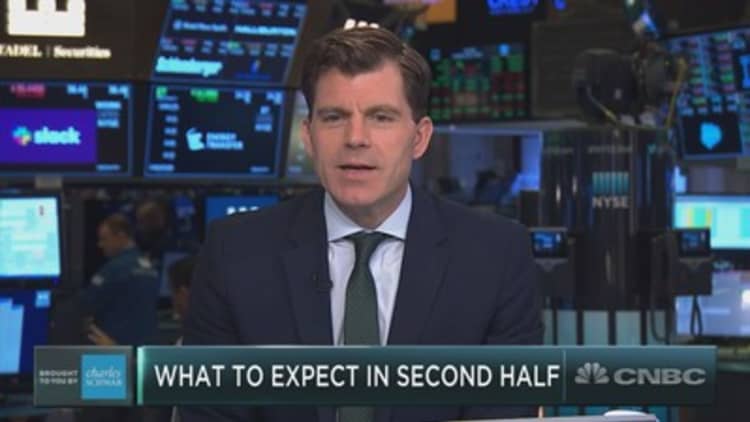A truce between the U.S. and China has convinced Barclays that a market "mini bubble" is looming.
With the G-20 outcome fueling optimism for an eventual trade deal, the stage is almost set for a market "melt-up" as Barclays now sees a 65% chance will rip 10% higher from here.
A melt-up or mini bubble is considered a sharp move higher driven by investors late to the game looking to get in on a momentum shift. It's often a sign of a late-stage bull market.

"After the truce in the U.S.-China trade war post the G-20 meeting in Osaka, the 'melt-up' scenario ... is now our highest probability outcome," Maneesh Deshpande, head of equity derivatives strategy at Barclays, said in a note Wednesday."
The cease-fire between the world's two largest economies over the weekend has fanned the risk-on sentiment in the market, sending the S&P 500 to new all-time highs. But for the market to rally further, two other things have to materialize in the near future — Federal Reserve rate cuts and the economic slowdown only being a soft patch, Barclays said.
Insurance cut warranted?
The recent easing of trade tensions will not stop the central bank from cutting rates as the weakness in economic data and low inflation is sounding alarms, the bank believes.
"The Fed will still embark on an easing cycle.The weakness in global manufacturing continues unabated and the subdued inflation and softening inflation expectations will likely prompt some 'insurance cuts' from the Fed," Deshpande said.
Traders are now pricing in a 100% chance of at least a quarter-point cut in July, according to the CME FedWatch tool. Barclays expects the Fed to lower the federal funds rate by 50 basis points in July and 75 basis points this year.
An easier monetary policy will also provide some cushion to the economy, preventing a full-on recession.
"Our base case is that the current manufacturing weakness is unlikely to morph into a full recession given the resilience in the services sector of the economy," Deshpande said.



